It’s old news that inspiration can come from anywhere. J.K. Rowling says the spark for “Harry Potter” came from a dream – boring. Mary Shelley conjured “Frankenstein” from a “ghost story” challenge among friends – less boring. Inspiration can jump from a bizarre news story, a snippet of eavesdropped conversation, or a personal tragedy. But I’ve found the most reliable source of inspiration is just… talking.
Preferably to others, rather than myself (I’m not really going for a “Jekyll and Hyde” thing). And a lot of different others, from backgrounds I’m unlikely to encounter in my workshop classes and with viewpoints outside of my own personalized echo chamber. I’ve been fortunate this summer in my “exposure” to a wide variety of interesting people (plenty of them queer, I’ll admit – after all, I do have to stay on-topic). Part of this I’ve cultivated on purpose. I started volunteering at a radical collectivist bookshop in Bloomfield where I had hours-long discussions with some of the smartest freethinkers I’ve ever met. And last week, I began my internship at a New York non-profit for LGBT rights on a global scale; the dedication and perseverance of my activist colleagues has energized me daily. Other inspiring discussions caught me by surprise (turns out first-date conversation doesn’t have to be confined to “what’s your major” and “so this was fun”.)
Of course listening is a vital part of the kind of talking that inspires me. At work this week, an awesome visiting attorney specializing in LGBT asylum cases — think “if Idina Menzel was a lawyer” — never had to give the “compassion over money” speech for me to believe it. At the bookstore a couple weeks ago, I collaborated on a Tumblr meme with an anarchist trans girl who used to shoplift and is still part of a graffiti gang. Last weekend, I saw “Ghostbusters” with my best friend and had a capital-M Moment with the probable lady-couple next to us about how thousands of little queer girls are going to watch Kate McKinnon kicking butt and think “maybe this is me and maybe that’s okay.”
Everyone has a story to tell, sure, but not everyone has the resources or ability to tell it. I can only hope my project will do justice to a few of these often unheard voices. The funny thing is I was going to work something into this post about how odd it is that the word “inspiration” has such positive connotations even though I have definitely been inspired by things like breakups and mass shootings. But as inclined as I am toward cynicism in real life, I tend to lose track of that in my writing. I write to make a little more sense of the ugliness in the world, and to feel a little better about life. In fiction, at least, I’m good at happy endings.


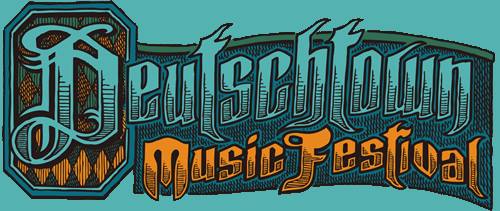
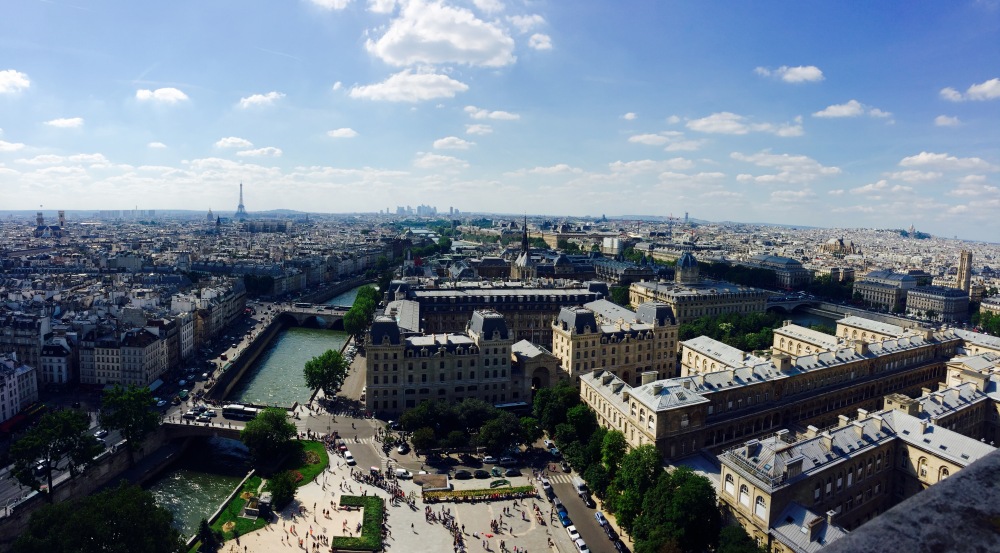




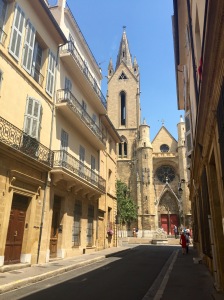
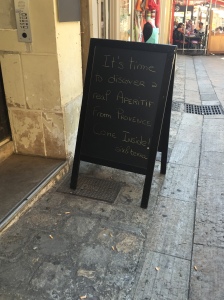
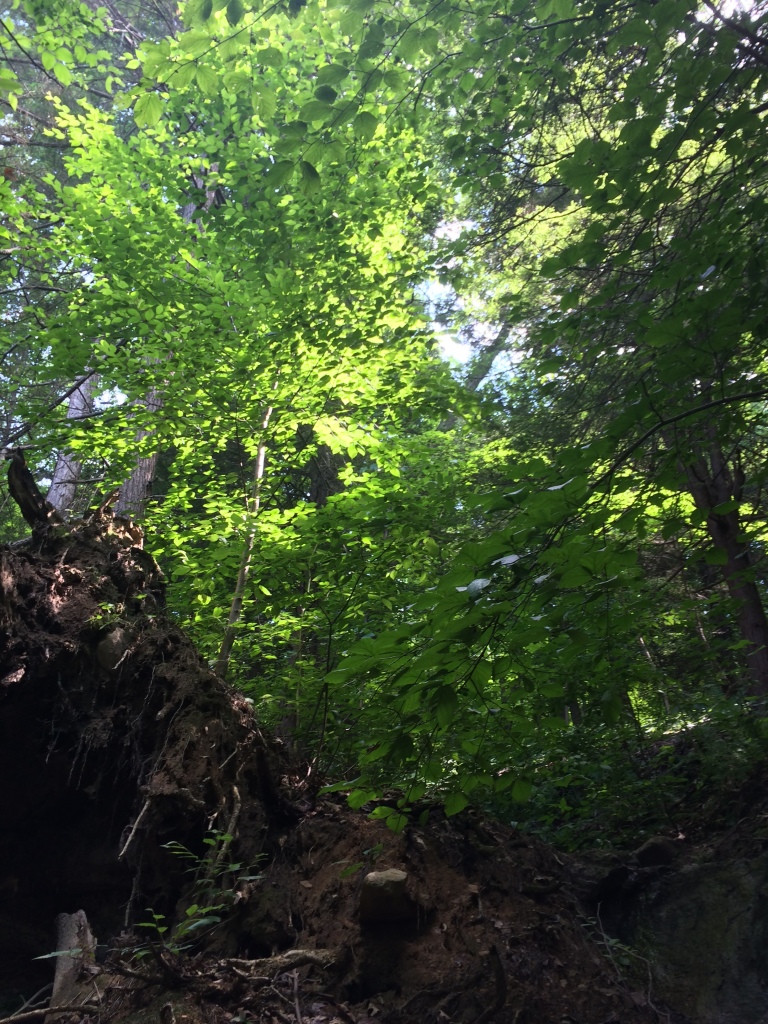
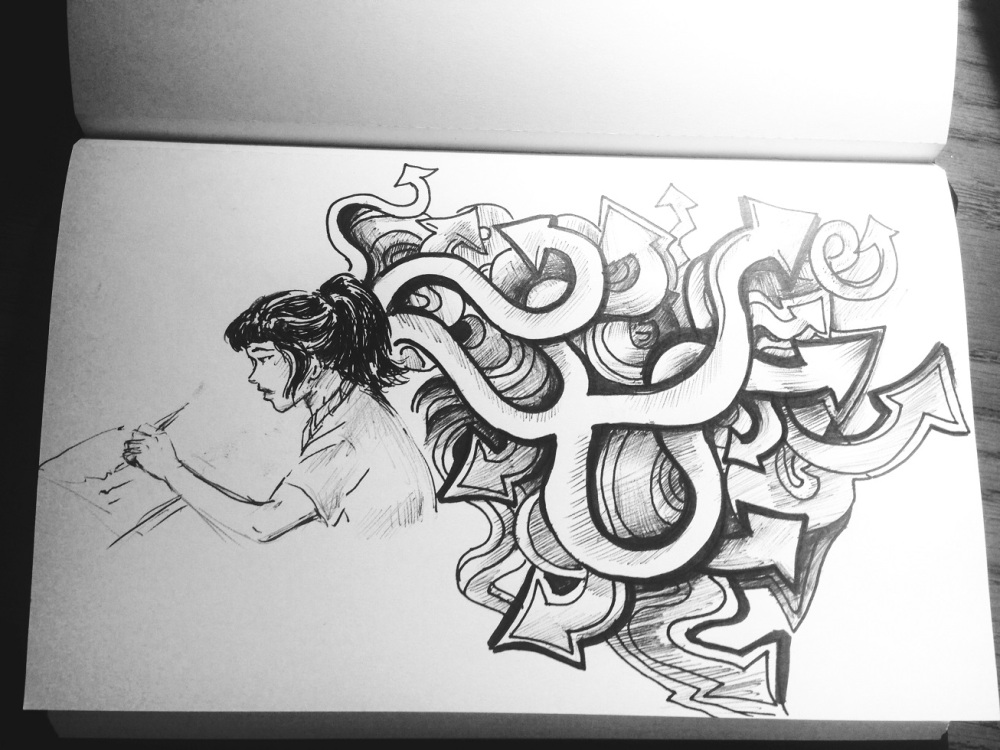
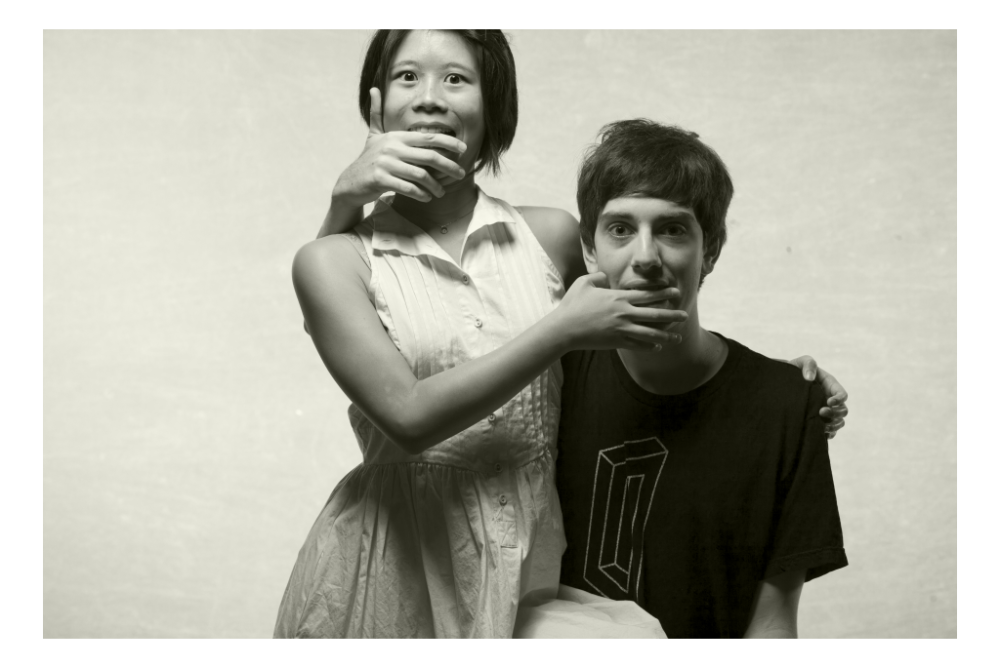


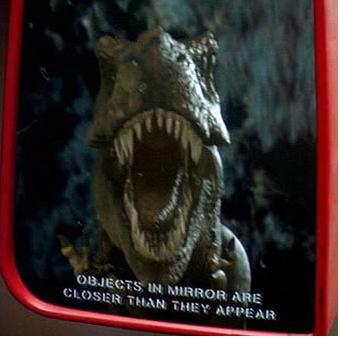
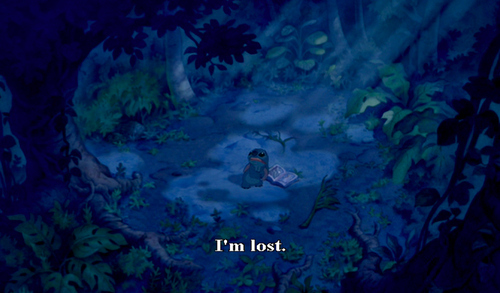

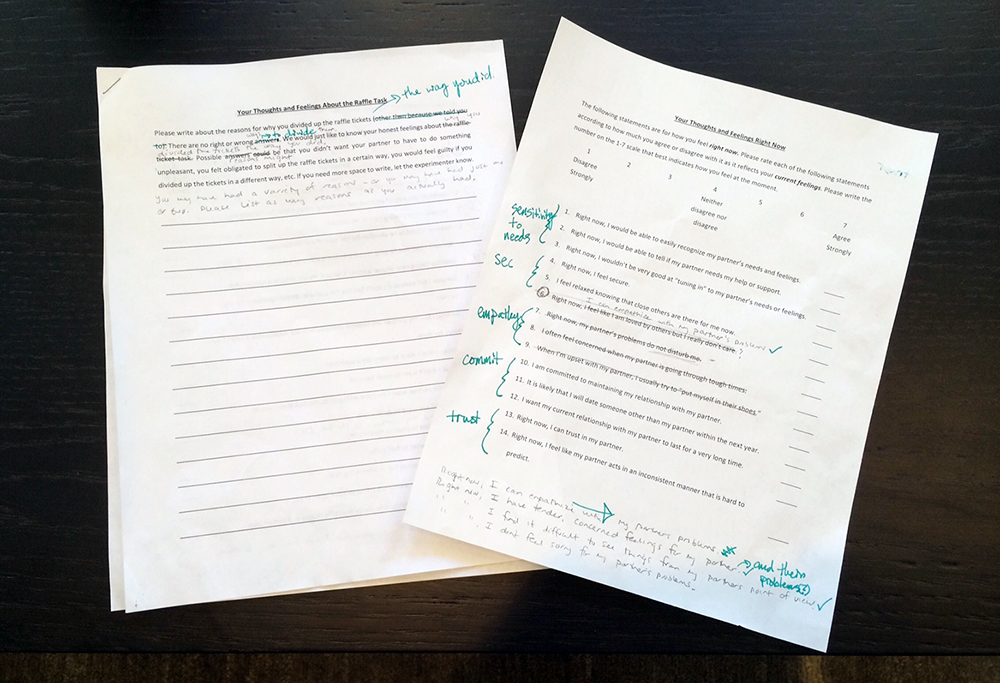
You must be logged in to post a comment.